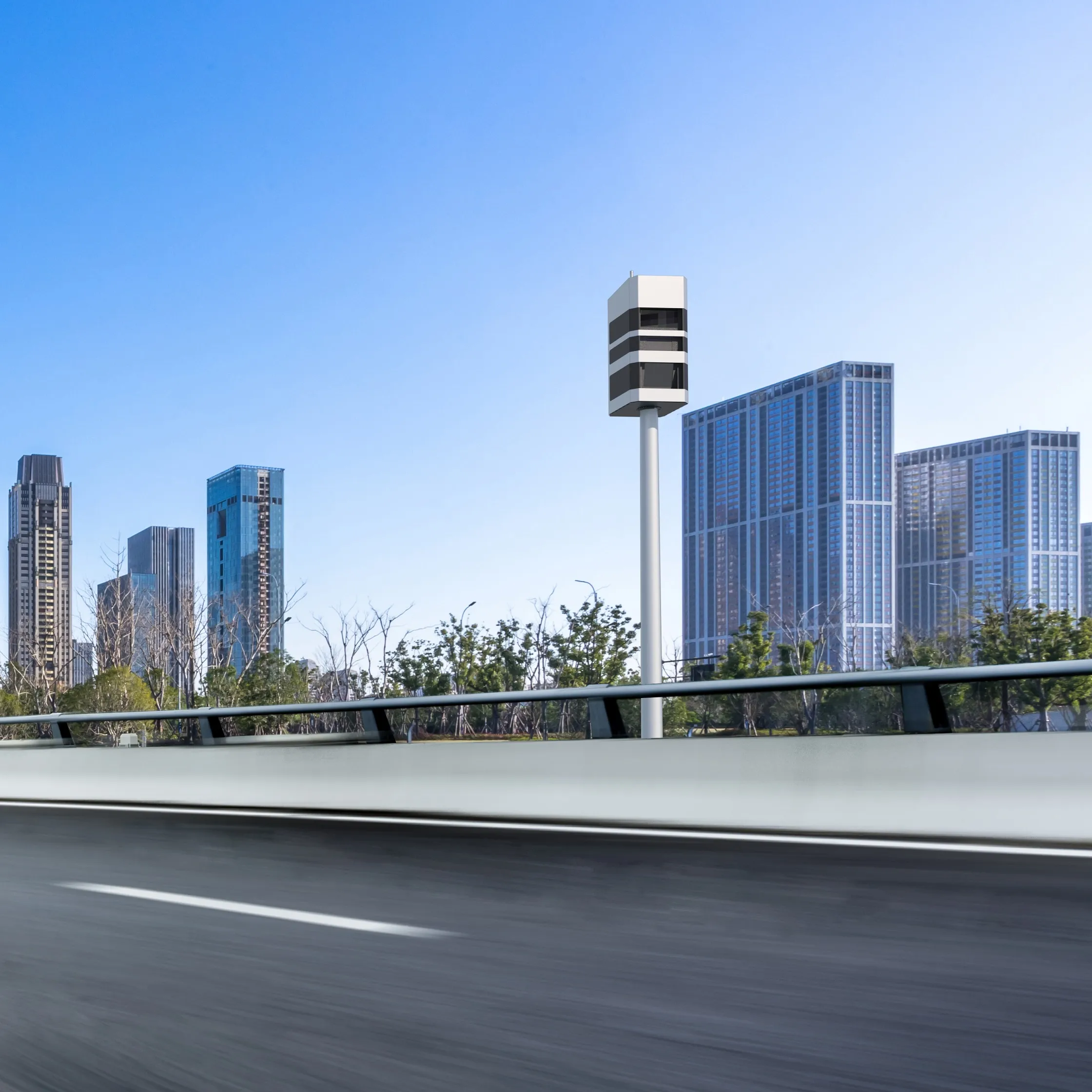Australian enforcement company Redflex has scooped two major orders in the Antipodes.
RedflexPoint-to-point cameras are now providing average speed enforcement on two major carriageways leading into the city of Adelaide, South Australia; in both directions on the 13km stretch of the two-lane Dukes Highway, with a further two on 51km of the dual carriageway Port Wakefield Road.
The cameras installed on Dukes Highway not only monitor traffic in both directions on the two-lane road, they are capture images
September 25, 2014
Read time: 2 mins

Australian enforcement company 112 Redflex has scooped two major orders in the Antipodes.
RedflexPoint-to-point cameras are now providing average speed enforcement on two major carriageways leading into the city of Adelaide, South Australia; in both directions on the 13km stretch of the two-lane Dukes Highway, with a further two on 51km of the dual carriageway Port Wakefield Road.
The cameras installed on Dukes Highway not only monitor traffic in both directions on the two-lane road, they are able to capture images of drivers who cross to the other side of the road in an effort to evade detection. New Zealand Police is about to take delivery of 56 RedflexSpeed cameras, the latest radar-based fixed speed enforcement systems, under a national rollout of cameras at sites with the highest risk of speed-related crashes. Twelve systems are to be deployed in 2014, with the remainder installed by the end of 2015.
The first new camera, at Ngauranga Gorge in Wellington, will undergo testing and calibration before it replaces the existing installation commissioned in 2013. While the camera is being tested the police will use mobile cameras and other enforcement.
Also included in the contract is REDFLEXdcms real -time remote monitoring of the enforcement camera network and notification of any problems detected.
RedflexPoint-to-point cameras are now providing average speed enforcement on two major carriageways leading into the city of Adelaide, South Australia; in both directions on the 13km stretch of the two-lane Dukes Highway, with a further two on 51km of the dual carriageway Port Wakefield Road.
The cameras installed on Dukes Highway not only monitor traffic in both directions on the two-lane road, they are able to capture images of drivers who cross to the other side of the road in an effort to evade detection. New Zealand Police is about to take delivery of 56 RedflexSpeed cameras, the latest radar-based fixed speed enforcement systems, under a national rollout of cameras at sites with the highest risk of speed-related crashes. Twelve systems are to be deployed in 2014, with the remainder installed by the end of 2015.
The first new camera, at Ngauranga Gorge in Wellington, will undergo testing and calibration before it replaces the existing installation commissioned in 2013. While the camera is being tested the police will use mobile cameras and other enforcement.
Also included in the contract is REDFLEXdcms real -time remote monitoring of the enforcement camera network and notification of any problems detected.









